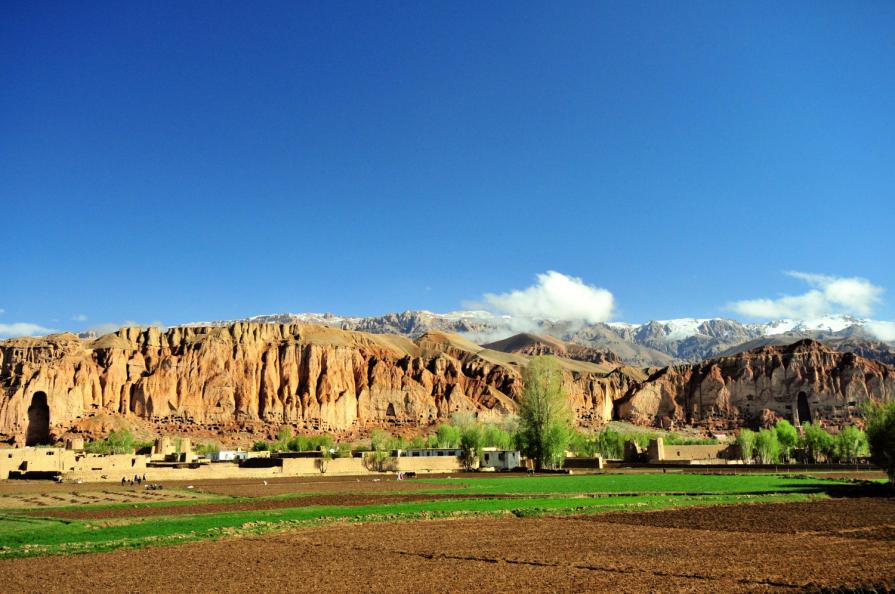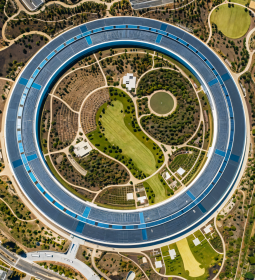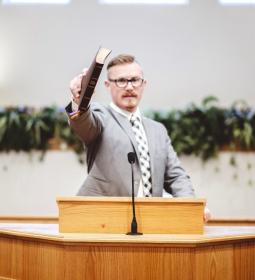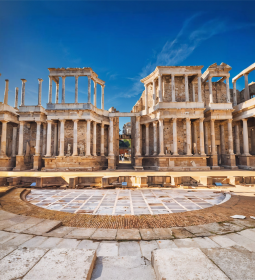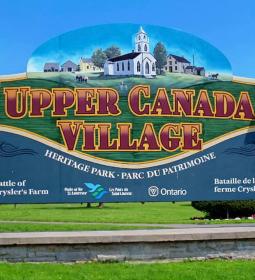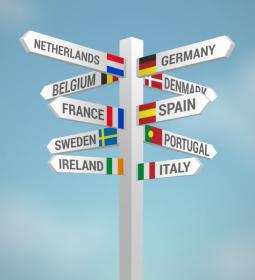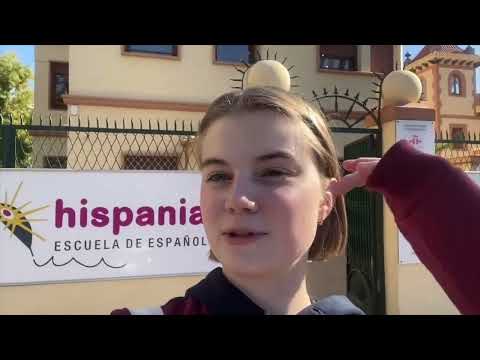Afghanistan, which has been called the Islamic Emirate for three years now, is one of the Central Asian countries, located at the crossroads of trade routes from Asia to Europe. This ancient land has seen many conquerors - from Alexander the Great and Mongolian tumen to British grenadiers, Soviet motorized riflemen and brave American paratroopers. At various times, the country was under the scepter of the monarchs of Greece and Persia, India and the Arab East, but it never fully submitted to anyone.
In 2021, after the surrender of Kabul by the Americans, the radical Islamists who came to power did what no one expected from them - they opened the borders for foreign tourism. You can travel both in organized groups and solo, and, surprisingly, such trips are hardly more dangerous than a trip to any other Islamic Asian country with a traditional culture.
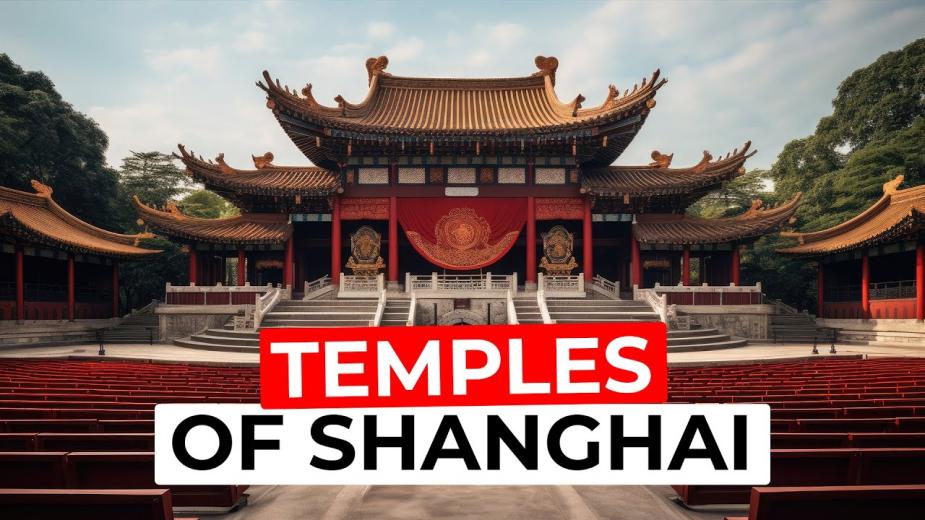
How to enter?
Toursits can come to Afghanistan for 30 days, a visa costs about a hundred dollars, although it is impossible to say for sure - the cost periodically changes both up and down. The document processing time is up to 3-4 days. Interestingly, the application can be submitted remotely, in electronic form.
To get an Afghan visa, you will need to:
- provide a passport valid for at least six months, make a copy of its first page;
- provide a pair of color or monochrome passport-size photos;
- fill out a questionnaire (in Farsi or English);
- provide the itinerary and purpose of your trip (also in one of these two languages).
You will also need an invitation certified by the Ministry of Foreign Affairs of Afghanistan in Kabul, but this is an empty formality - for a small baksheesh, they will help you find a suitable person. In addition, you can get a visa at the Afghan embassy in Dushanbe, then you don't even need an invitation. It is convenient when the peoples are brothers (at least 30% of the emirate's population are Tajiks).
Why do they go to Afghanistan?
It must be admitted that the years of devastation and civil wars, as well as the foreign occupations that replaced one another, did not contribute much to the development of the tourism sector in the country. There are no seas, no large lakes either, cities are best explored as part of a group, especially since there is no bus service and a full-fledged taxi in Kabul here.
The best option is a voucher: this way you will get a guide, you will know exactly where to stop safely for the night, and on the way you will be accompanied by armed and very determined people.
What to see?
Kabul
It is best to start a tour of the mountains, cities and villages from the capital. Its most important attraction is the Id-Gakh mosque built in the XVIII century. This site is of key importance for the history of modern Afghanistan: the country's independence was proclaimed here in 1919, and all the most important government and religious celebrations take place here.
Foreigners and people of other faiths can enter the mosque, but they will have to take off their shoes and dress in accordance with the dress code.
Another interesting site is Dar-ul-Aman. Designed by the Germans and French, this palace was inaugurated in 1927. Initially, they wanted to house the parliament here, but in the end, the Ministry of Public Works was located. In the noughties, the building was badly damaged by terrorist attacks and shelling, now it is being restored, but no one knows when it will end.
Let's move on to Bagi Babur! This is a complex of parks, among which, by the way, Zahir ad-Din Muhammad Babur, the founder of the Indian Mughal dynasty, is buried. Here everything has been restored quite well, but Bagi Baburu, of course, is far from the former splendor of the blooming gardens of the Indian emperors.
Mazar-i-Sharif
The main attraction of the city is the Blue Mosque, although in general it is the oldest city in the country and the center of the important province of Balkh. It is believed that the Prophet's brother, the right-believing Caliph Ali, is buried in the tomb built in the XII century. The mosque is more recent, it dates back to the XV century and houses two more tombs: in one rests Akbar, an outstanding commander and politician, and in the other - Sher-Ali, one of the most famous Afghan emirs.
The mosque has been well restored and is considered one of the best preserved buildings in the country. You can admire the blue and light blue tiles that adorn the walls and dome of this impressive architectural structure.
Not far from the city are the ruins of Balkh. If Mazar-i-Sharif is the oldest city in the emirate, then Balkh is considered by many to be in the world; the first settlements appeared here at the same time as China and Mesopotamia. The Great Silk Road passed through the city, the great Zarathustra preached here, and recently Nokh Gonbad - a nine-domed mosque of the VIII century, and the altar of the Zoroastrians (it is older - the VI century BC) have been reopened to travelers.

Bamianaafgha
Bamiyan is one of the centers of Buddhist art; A huge monastery complex was located here for 13 centuries. In the VI century, monks carved two statues of Buddha in the rocks - male and female, 55 and 40 meters high. Alas, in 2001, Islamists blew up these statues, but tourists continue to come to the city to look at the wreckage of former greatness.
A hundred kilometers from the city, at an altitude of three thousand meters, among the spurs of the Hindu Kush, there is a chain of six lakes Bande-Amir, separated by rocky limestone massifs - it is thanks to limestone that the waters of the lakes have acquired a bright blue hue. It is better to go here with a group, but you can hire a guide - the expensive one is relatively safe, although there are many checkpoints (perhaps that's why it is safe?).
What to eat?
Since you've come such a long way, you're probably hungry! The local cuisine is a bizarre mix of national cuisines of local peoples (at least Pashtuns and Tajiks, Iranians and Uzbeks, Turkmens and Persians), it has also been influenced by China, Central Asia, India... What is not here!
- For example, try kabuli-palav. It may seem (well, by name) that this is an ordinary pilaf, but it is not! There are raisins, almonds, a bunch of spices, and of course, lamb! That is, it is, of course, pilaf, but absolutely extraordinary. It is considered the most famous national dish - originally the nobility enjoyed it, but now you also have such an opportunity.
- Local kebab is made from young lamb, and jijack is added for flavor - fat from the tail of a sheep. Don't be afraid, it's very tasty!
- There is also a kofta melu - lamb meatballs with onions, eggs and spices, flavored with a sauce of tomatoes and onions with white grains of rice.
- Well, where without bread? Here, instead of bread, there is naan, wheat flour cakes, or bolani (mashed potatoes and spinach are added here).
- For sweets, you can taste firn. This dish came to Afghanistan from India, for its preparation milk is mixed with sugar and starch, seasoned with rose water, saffron, cardamom and other spices.
You can taste everything in markets and shops without fear of poisoning yourself - they are very harsh about consumer protection issues. There are restaurants too, and very inexpensive.

How to get there and where to live?
It will not be possible to get through Central Asia - the trans-Pamir route does not work. You will have to fly with transfers, through the United Arab Emirates.
There are no problems with hotels in the capital, there are even five-star hotels (in truth - they pull on European three), but it is clean, safe and comfortable here; there are parking lots, restaurants and uncensored wireless Internet (for now).
In other cities, the tourist infrastructure is in its infancy, and the easiest way to rent a house is with the help of the "forbidden" Couchsurfing service.
Security Considerations
Peace in the country reigned relatively recently, and many cities have not yet come to terms with the rule of Islamists. Therefore, the larger your group and the better armed the guards, the better.
If you travel alone, then get ready for constant document checks and questions - where, why, how much. It is ok. Always carry your documents with you and be prepared to present them on demand. Remember about the curfew - from 9 pm to 6 am you cannot show yourself on the street!
Change hotels and stay in busy areas: in rural areas, there may be mines on the roads, and in cities, lights are often turned off and communication is lost.
When introducing yourself, avoid using the word "tourist" - to the locals it sounds more like a terrorist (a harsh legacy of the US occupation). It is better to turn to the Soviet heritage and call yourself shuravi - this is how the Afghans call the natives of the USSR.
It is important to remember that this is an Islamic country. Downright radical Islamic, so both men and women must comply with the dress code if they do not want trouble. It is better for men to wear clothes with sleeves, and women to wear a hijab or even a burqa. Listening to music, laughing and kissing in a public place is categorically prohibited.

